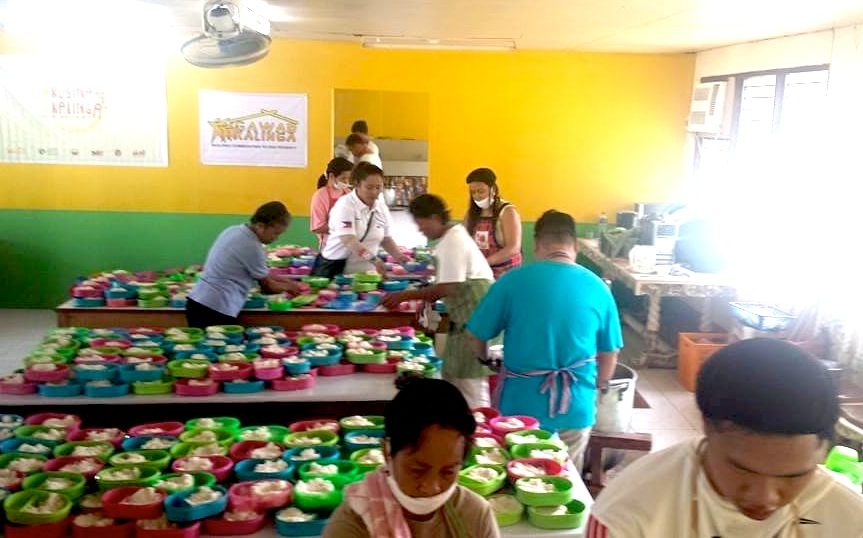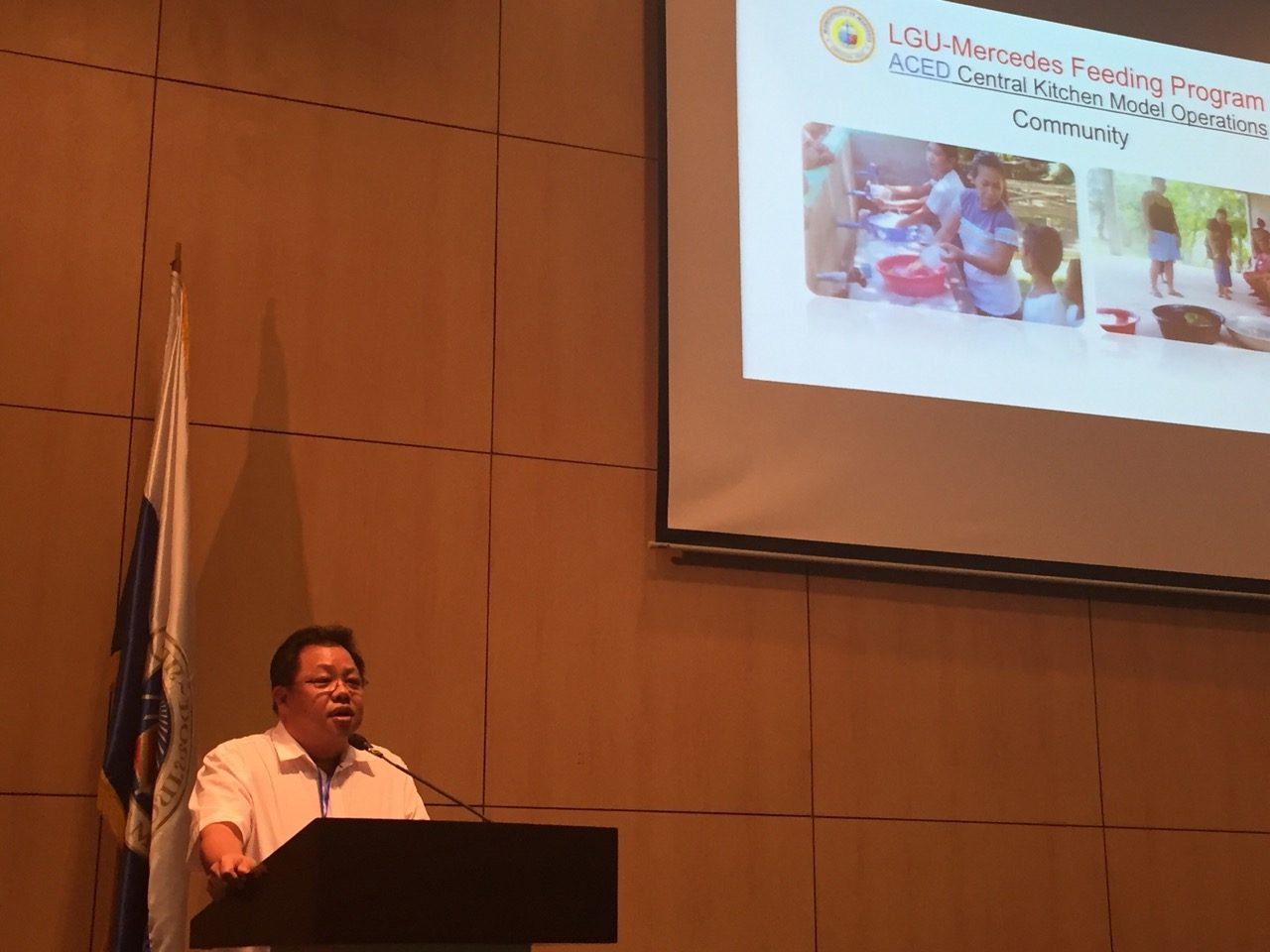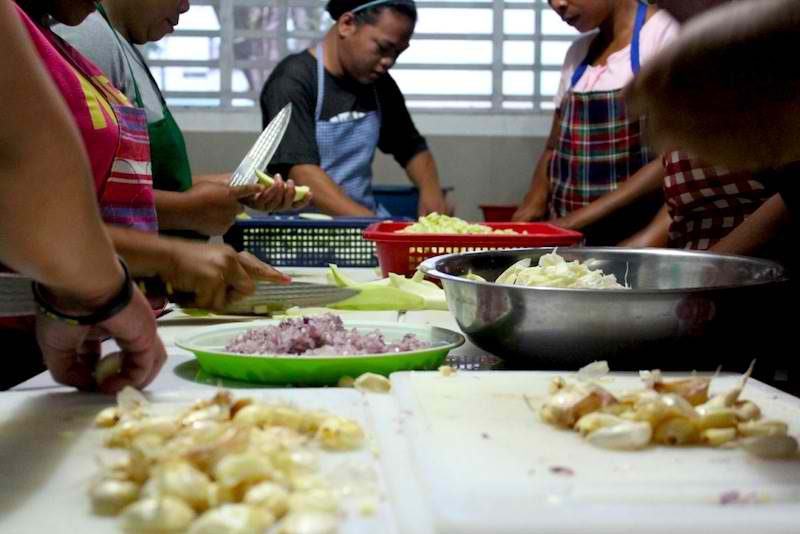SUMMARY
This is AI generated summarization, which may have errors. For context, always refer to the full article.

MANILA, Philippines – Hunger has long been a serious problem among children, especially in the Philippines.
Based on 2015 data from the Food and Nutrition Research Institute (FNRI), the country’s chronic malnutrition rate for children aged 0 to 2 was at 26.2%, the highest in 10 years.
The Philippines also failed to lower the malnutrition rate of 27.3% in 1990 to the targeted 13.6% by the time that the deadline for the Millennium Development Goals rolled around last year.
There have been efforts on the part of local government units (LGUs), however, to curb hunger.
Some LGUs initiated measures to effectively boost not just children’s health, but also their learning capabilities.
In Mercedes town in the province of Camarines Norte, for example, the municipal government has built a “central kitchen” that whips up and delivers healthy food for free to public elementary schools.
Central kitchen
Adopted from the city government of Valenzuela and the Ateneo Center for Educational Development (ACED), the central kitchen is where food for all schools in a municipality is cooked and prepared. This is to ensure the quality of the food, plus the bonus that it costs less given the large-scale production.
Those who prepare the meals are paid staff and volunteer parents of the program beneficiaries – both trained by the government to handle food.
Mercedes Mayor Alex Pajarillo said the central kitchen has helped them save 3,170 children from severe wastage since it was implemented in school year 2015-2016.
It has also improved the attendance of elementary students because they do not go to school hungry.

The LGU shelled out P7 million for the construction of the central kitchen and other capital outlays. For 2017, P5 million has been allocated for the feeding program.
They also gained support from the Department of Education (DepEd), which would assist in the implementation and allocate P18 per child daily.
Scaling up
Pajarillo has tapped the regional DepEd office to scale up the project and cover all towns in all Bicol provinces, which was positively received by the LGUs.
Non-governmental organization Gawad Kalinga has also adopted the model and implemented its “Kusina ng Kalinga” in partnership with the DepEd and private donors.

Over 21,000 elementary school pupils have already benefited from the program implemented in several areas across the country, such as Compostela Valley and Isidro town in Leyte.
Like in Mercedes, malnutrition and absenteeism also dropped in these areas.
“It’s more efficient and more economically practical. You can really drop the cost per meal more than 60% if you prepare them all at once and just distribute it,” said Gawad Kalinga executive director Luis Oquiñena.
“When we institutionalize the success of [local] models in collaboration with DepEd, a [law] will really mainstream and scale [up] the whole thing but for now we have to be contented with a little win here and there,” he added. – Rappler.com
Add a comment
How does this make you feel?
There are no comments yet. Add your comment to start the conversation.